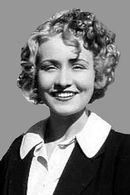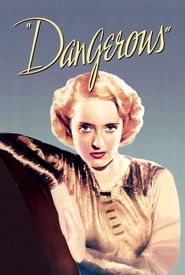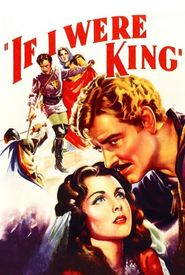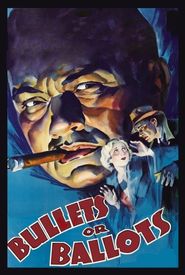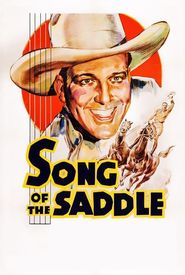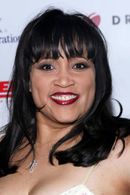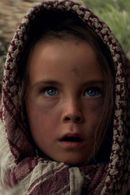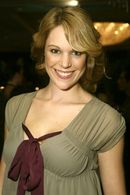Alma's story began in the 1930s, a time when Hollywood was filled with aspiring stars vying for attention. Despite her striking features and striking blue eyes, she never quite reached the top. Her early start in the entertainment industry was marked by her appearances on stage at a tender six years old in productions such as "Berkeley Square" and "East Lynne". Her parents played a significant role in her early life, with her father, the renowned film director Frank Lloyd, having directed the iconic film "Mutiny on the Bounty" in 1935. Her mother had a background in vaudeville, and Alma was tutored at the prestigious Cumnock and Marlborough private academies.
As she grew older, Alma pursued her passion for drama at the Pasadena Community Playhouse, where she honed her craft. After graduating at the age of 18, she returned to the stage, taking on roles in "Cavalcade" and "Mary of Scotland". The following year, she made her screen debut in the Fox production of "Jimmy and Sally" (1933),a film that held a special significance as her childhood nickname was also "Jimmie".
Alma's early years in Hollywood were marked by a series of small, uncredited roles, playing characters such as nurses, receptionists, and telephone operators. It was a frustrating experience, and it seemed that she was destined for a life of bit parts. However, there were glimpses of a more promising future, including a featured role as Colette in the François Villon biopic "If I Were King" (1938),which was directed by her father. She had even been offered a female lead in a B-grade comedy, "The Big Noise" (1936),starring Guy Kibbee, but the film ultimately failed to make a lasting impression.
Alma's career was dealt a devastating blow when she was cruelly cut from a key scene in the classic film "Anthony Adverse" (1936),a role that could have marked her breakthrough. The scene, which she had prepared extensively, was deemed "excess footage" and was subsequently removed from the final cut. The setback had a profound impact on Alma, and she never fully recovered. In 1938, she married the Broadway actor and dialogue director Franklin Gray, had four children, and eventually left the film industry behind.
